Hyundai's I40 "Korea-Passat" Gets A Sedan
In late December, Ed Niedermeyer reported that Hyundai’s “Euro-market midsizer, known as the i40, will debut as a wagon at the Geneva Auto Show in March, with a sedan version coming later next year:” Ed was right: The sedan will be shown at the Barcelona Auto Salon, May 14 to 22. Hyundai is taking aim at a big target: Volkswagen.
Review: 2011 Hyundai Elantra Touring SE
You’re an old fart. Or at least you think like one. You want a simply designed car that’s easy to see out of, capable of toting a bunch of stuff, solidly constructed, and fun to drive. Meanwhile, cars keep going in the opposite direction, with sci-fi styling, shrunken windows, oversized and overcomplicated instrument panels, cramped rear seats, and marshmallow suspension tuning (e.g. the Honda Civic reviewed a few days ago). But before giving up hope you might want to check out the Hyundai Elantra Touring SE.
Hyundai's Long-Term Values: Mostly Created Equal
Hyundai’s latest Assurance marketing technique, which guarantees resale values on all 20111 model-year purchases, is already being hailed as the latest in a line of creative, zeitgeist-appropriate incentives. The one downside of guaranteeing residual values: well, people are free to draw their own conclusions from them. For example, it seems safe to say that the Azera and Accent should probably be replaced fairly soon, as their weaker resale values make them stand out from an otherwise extraordinarily consistent lineup. What’s that you say? The new Accent was announced at the same time as the resale guarantee? And an attractive new Azera replacement will be launched within a (the?) year? Er, carry on then.
In all seriousness, whenever Hyundai comes out with a new “Assurance” program, I’m sure a number of other brands look at copying elements. The genius of this latest program, however, is that it only really works if your entire lineup has been updated in a recent and consistent manner. Imagine a chart like this for certain other brands, and you’ll realize that the benefits of a strong and (possibly more importantly) consistent product line can be far reaching indeed.
Hyundai To Hunt The Prius
Hyundai updated its web-only “save the asterisks” video for the New York Auto Show, as it continues to highlight fuel economy as a key brand value. And the brand didn’t miss the opportunity to talk about future fuel-efficient products either, as InsideLine reports that Hyundai is promising two more vehicles rated at 40 MPG highway or above in the “next couple of years.” One is the Prius competitor, which was previewed with the Blue Will concept, and which appears to now be a dedicated hybrid-only model, after having been initially tipped as a plug-in hybrid. The other? Hyundai won’t say, but an exec does tell the Edmunds blog that
The strategy of further developing the internal-combustion engine, with significant increases in fuel economy, is where we see the market going
So, something non-hybrid… perhaps the i10 A-segment hatch that Hyundai USA recently let us drive? The Europe-only i40 wagon? What about the Euro-market ix20 subcompact MPV? Or are we waiting for something brand new?
Hyundai Guarantees Resale Values
Opel Loses Another Veteran, Hyundai Snags A GM Vet
Automotive News Europe [sub] reports that, having lost “Mr Opel” to Volkswagen, GM’s European division is losing another veteran to the competition. The company announced:
We regret that Frank Weber has quit. We thank him for what he has done and wish him the best for the future
Weber, Opel’s product boss, had previously led GM’s global midsize vehicle development and was the head of electric vehicle development (where he wetnursed the Volt) before moving to Opel. It’s not clear where he’ll be going, but he will be going to an “as-yet-unnamed competitor.”In other industry personnel news, AN [sub] reports that Hyundai has hired GM veteran Steve Shannon to fill its head marketing position, which was opened when Joel Ewanick left for Nissan and then GM. Shannon previously held marketing positions at Saturn, Olds, Buick, Hummer, Saab and Cadillac in his more than 25 years at GM.
Hyundai Dropping Job-Loss Protection
Now that the economy is recovering and Hyundai has a new generation of more upscale offerings on its dealers’ lots, the automaker’s job-loss-protection program is going away, reports Automotive News [sub]. The one-year protection will be available on Hyundais purchased through the end of this month, but as sales boss Dave Zuchowski puts it
We actually see the elimination of the job-loss program as a sign of a recovering economy and we had never anticipated that this would be an enduring program. We welcome the day when it’s really no longer as relevant in the showroom or as required in the marketplace.
Hyundai Expands In Europe, Eyes Brazil
Hyundai and Kia are on a tear in the European market, having recently passed Toyota to become the best-selling Asian automaker in the EU (at 605,386 units, some 50k away from Daimler’s 2010 sales). And with its first Europe-centric product coming online, aimed at the heart of Europe’s 896k unit midsize segment, it hopes to keep the growth coming. In service of that goal, Hyundai is moving European production of its iX35 (Tucson) CUV from Kia’s plant in Zilina, Slovakia, to its own factory in Nosovice, Czech Republic, and adding an extra shift according to the WSJ. And unlike many of its European competitors, Hyundai is keeping its Euro-zone production capacity on the slim side, importing the forthcoming i40 from South Korea and the i10 from India, helping to keep the Korean automaker out of the overcapacity trap that plagues its competitors. Though Hyundai has good prospects for growth in Europe, production capacity expansions are being targeted at the developing markets that show more promise for growth.
Forthcoming Regulations Delay Hyundai Sonata Hybrid
Sales of Hyundai’s Sonata Hybrid may have begun already, but deliveries are delayed as new regulations were ordered just as Hyundai’s first hybrid was going to market. In January, President Obama followed up on a months-long effort by the National Federation of the Blind to require full-time audible warnings for electric-drive vehicles, and signed legislation directing the DOT to
study and report to Congress on the minimum level of sound that is necessary to be emitted from a motor vehicle, or some other method, to alert blind and other pedestrians of the presence of operating motor vehicles while traveling.
According to GreenCarReports.com, the possibility of these changes required a last-minute modifications to the Sonata Hybrid, in order to remove the option of disabling the Hybrid’s “virtual engine noise” in case that feature fell foul of the new regulations. The Sonata Hybrid had been developed to have the sound-disabling function, so the last-minute modification
required changes to the wiring harness, the user-interface software, and even the Owner’s Manual, which had already been finalized.
All this for an audible warning that research shows is less than effective and contributes more to noise pollution than an internal combustion engine. Oh well.
Mr Euro, Your Hyundai Has Arrived
Want A Big, V8-Powered RWD Sedan? Do You Prefer Dodge Or Hyundai?
Hyundai: What's Your CAFE Number?
Hyundai’s sales were up 22 percent last month, driven by huge growth for Sonata (13,261 units) and Elantra (9,659 units). But, rather than spend the whole press release [ PDF here] trumpeting sales data alone, Hyundai upped the transparency bar on its competitors by announcing it would
begin reporting monthly sales-weighted Corporate Average Fuel Economy (CAFE) results to provide journalists, policy-makers and consumers with additional data to promote more meaningful dialogue on the feasibility of future fuel efficiency targets for the industry…
For January 2011, Hyundai’s sales-weighted CAFE level was 34.7 miles per gallon, with a model year mix for the month of 86 percent 2011 and 14 percent 2010 model year vehicles. This is a significant increase from Hyundai’s most recent official CAFE level for the 2009 model year of 31.7 mpg.
By publishing both its fleet mix (12%) and CAFE average, Hyundai is proving that marketing is a million times easier when the facts fit the message. At 34.7 CAFE, Hyundai is a single MPG away from complying with the 35.5 MPG 2016 proposed CAFE standard, and just a whisker away from meeting its corporate commitment to meet 35 MPG fleet by 2015. Which is all fine and dandy, but as a blog that’s forever digging for obscure information about the car industry, we’re even more excited about Hyundai’s decision to take the lead on transparency. TTAC encourages all automakers to release both sales-weighted CAFE numbers and full fleet-mix numbers (and any other relevant data) with their monthly sales reports. The truth, as we say around here, must out! [Hyundai and Kia sales breakouts after the jump]
Hyundai Hands Out Free Hydrogen Cars
More little steps on the hydrogen fuel cell front, part of the walk-up to the big 2015 launch: Hyundai signed a memorandum of understanding with Norway, Sweden, Denmark and Iceland to supply hydrogen fuel cell electric vehicles to public organizations in a pilot program, The Nikkei [sub] reports.
Review: 2011 Hyundai Elantra
Auto makers forget at their own peril that competitors are also working on better cars, and that customer expectations are consequently a moving target. When developing a new car, you can’t just aim to be better than today’s leaders. Case in point: the Hyundai Elantra. The 2007-2010 Elantra was so forgettable that I never remembered to drive one. One look at the new 2011 Elantra, on the other hand, suggests that it will upend the compact sedan status quo the way the Sonata has the midsize segment.
Hyundai 4th Largest Automaker, Overtakes Ford
According to data published today by Ford, the company sold 5,313,000 units worldwide “to wholesale” (i.e. out of the door.), up 447,000 units or 9.19 percent. With Volvo eliminated, the growth was 771,000 units. Record sales in the U.S.A. and Asia were partially offset by lower sales in Europe. Ford is not strong enough in China to profit like its competitors that are strong in China. One of these competitors is Hyundai.
Has Hyundai Passed Ford?
After Hyundai delivered a record profit of $4.7 billion yesterday, smaller sibling Kia announced its results today. The Kia’s 2010 net profits rose 55 percent to approximately $2 billion. Some analysts expected more, but the fourth quarter had only a rise of 4.6 percent.
Kia adds another 2,131,531 units to the combined Hyundai/Kia grand total, which now (according to our unofficial TTAC calculations) stands at 5,744,018 units. Where does that leave Ford?
Hyundai Is All Smiles
Hyundai Motor Co. today released impressive results. Net 2010 profit increased 77.8 percent to 5.3 trillion won ($4.7 billion) on global sales of 3,612,487 units. That’s a 16.3 percent sales gain from a year earlier. Whoa, says the attentive observer of sales data, didn’t they make some 4.6 million last year? Where is the increase? The 4.6 million were Hyundai and Kia together.
Many journos will trip over that today.
Who's Afraid Of CAFE? Not Hyundai
Remember how the government bailout team forgot to make sure its “Irrevocable Ecological Commitment” from Fiat was measured in “adjusted” Miles Per Gallon, using the EPA test cycle that provides your window sticker number? Well, the same “unadjusted” MPG number Sergio Marchionne used to his advantage is used to calculate the CAFE ratings that have the industry in such an tizzy. Well, the official lobbying parts of the industry, anyway [see also, here]. Hyundai has been saying for some time that it is targeting a 50 MPG fleet average by 2025, although CEO John Krafcik said as recently as August that he didn’t know how the automaker would reach that goal. Now, however, it looks like he’s found a way to bring 50 MPG within reach: use CAFE’s “unadjusted” standard. Just like Sergio. Follow along as Hyundai shows that 50 MPG isn’t as far off as many seem to believe.
Review: 2010 Hyundai Santa Fe
Over a decade on, auto makers are still sorting out what car buyers are looking for in a crossover. In what ways should a crossover be more like a car, and in what others should it more resemble an SUV? Two rows, or three? Older members of the class are like time capsules, capturing what manufacturers were thinking at that point in time. And so we have the Hyundai Santa Fe, refreshed for 2010 but last totally redesigned for the 2007 model year.
NAIAS: Hyundai Unveils Veloster
Hyundai Veloster: Not A Coupe?
Quote Of The Day: Hyundai Disses GM Without Even Mentioning GM
“Hyundai Motor Co. and its affiliate Kia Motors Corp. sold a combined 1.1 million vehicles in China last year, becoming the second largest auto seller in Asia’s biggest car market, the companies said yesterday.”
This today in the Korea JoongAng Daily, and in case you’ve never heard of them, they are an associate of the Herald Tribune. Now why should this be a slap in the face of GM?
I40: Hyundai's Wagon-First Assault On Europe's Midsized Market
When TTAC’s Tal Bronfer caught a D-segment Hyundai station wagon brake testing in Austria’s Groβglockner High Alpine Road, we concluded that the “Sonata wagon” was
not a simple sheetmetal job
It turns out that was something of an understatement.
Ask The Best And Brightest: How Should Hyundai Sell Its Luxury Offerings?
It’s a strange question to ask, considering that Hyundai is already selling the Genesis and Equus luxury sedans, but apparently Hyundai decided to bring out the cars before launching a brand. According to the Wall Street Journal
There are three branding scenarios under consideration. The most likely is to create a subbrand called “Genesis,” and sell the models under the same dealership roof as Hyundai but in a separate part of the showroom, possibly with dedicated salespeople, said John Krafcik, the president of Hyundai Motor America.
The other scenarios are to keep the premium cars badged as Hyundais, or—in the most ambitious move—spin off the brand into separate dealer facilities, much like Lexus or Honda Motor Co.’s Acura
Those are the options, but for a little more context, let’s check in with Hyundai USA boss John Krafcik…
UAW Protest Targets Hyundai, Ignores Hypocrisy
Unable to provide meaningful representation to its dwindling membership, the United Auto Workers is continuing its post-bailout strategy of poking its nose into everyone else’s business with a protest planned for today at the Hyundai America Technical Center in Ann Arbor, MI. While its own workers face the aftermath of a bailout that saw tens of US plants shut down, the UAW opines on the Korean situation in a release which notes:
Frustrated by their temporary status, auto workers at a Hyundai Motor Co.mpany plant in Ulsan, South Korea, declared a strike on Nov. 15, and one desperate worker set himself on fire in protest of the company’s refusal to offer secure jobs. About 500 workers have since led an occupation of various plants in the Hyundai compound… To anyone interested in workplace fairness, the resolution of the Ulsan Hyundai workers’ strike is critical. It could either speed up progress toward ensuring global living wages, or provide a green light on the race to the bottom the auto industry began years ago – — with Toyota and Hyundai getting a head start.
One must, however, point out that the UAW has made its fair share of contributions to recent declines in auto worker wages. After all, it forced nearly half of GM’s Orion Assembly plant workforce to take a 40 percent wage cut in order to build a politically-popular fuel-efficient subcompact (the next-gen Aveo) in the US. Not only did this represent an unconscionable screwing of its own union “brothers” but it also directly hurts the Korean workers the UAW now so self-righteously defends by by stealing jobs using the very same “race to the bottom” that it decries. Besides, the labor situation in Korea is a bit more complex than the UAW’s Manichean moralizing makes it out to be…
Hyundai's "Modern Premium" Gambit
Hyundai has been working its way out of the low-cost, low-quality basement for some time now, but even with the introduction of its Genesis luxury sedan, the brand has maintained a certain amount of working-class value appeal. That image has served Hyundai well over the last several years, when an economic downturn has sent record numbers of customers to Hyundai dealerships in search of a deal. But with a new upscale-looking design language transforming solid but uninspired offerings like the Sonata into memorable designs, Hyundai wasn’t likely to remain the scrappy, more-for-your-money underdog forever. And sure enough, Hyundai tells Automotive News [sub] that it’s getting away from the solid values of quality and practicality, and moving into the tenuous world of “premium” brand placement. Executive Vice President for global marketing Cho Won Hong explains
In the past 10 years, we have been very successful in building an image for quality. From now on, our direction will be defined as new premium or modern premium. We have been doing quite well in building good functional quality. But we still have some room to improve our emotional quality, and that is related to our brand strategy. That’s why we set modern premium as the brand direction for the next five to 10 yearsChevette Scooter, T1000 Outlive Every 1st-Gen Hyundai Excel In the World
So we now know that GM’s failure to create a decent subcompact during the, oh, forty years in which doing so would have saved the company from certain ruin… well, do we really need to get into that rant right now?
Hyundai Bashes Chevy Cruze Eco… Sort Of
Review: 2011 Hyundai Sonata Hybrid
Though an upcoming 429-horsepower 5.0-liter V8 might suggest otherwise, Hyundai intends to lead the industry in fuel economy. As recently as 2005 this would have seemed a pipe dream. That year’s Hyundai Sonata automatic managed fuel economy ratings of only 19/27 MPG from the EPA (2008+ system), well below the 21/31 achieved by the Honda Accord and Toyota Camry. The 2011 Sonata does far better: 22/35. But the glory, of course, goes to hybrids, and so the Sonata will soon be available in hybrid form. The projected EPA numbers: 36/40. Is Toyota’s hybrid leadership in danger?
Review: Hyundai Sonata Turbo
Review any car priced between $18,000 and $28,000 lately, and someone’s bound to comment, “I’d much rather have a $20,000 Hyundai Sonata.” This hasn’t just been talk. Sales of the 2011 Sonata have exceeded Hyundai’s most fanciful expectations, leaving the car in short supply. Now, to add fuel to the fire, you can get the Sonata with a turbo. Should you? Well, it depends.
The Incredible Hyundai
Did we say that Toyota is casting a wary eye on Hyundai? The Koreans are on a roll. They are boosting their production capacity in China to 1 million units per year. And they do that right in front of my nose, in Beijing.
Hyundai Beats Toyota In Europe
Hyundai could have timed this announcement a bit better. Wouldn’t the following announcement have been a fine crowning of TTAC’s Korea week? Instead, the week ended unceremoniously with a reflection on thee shitboxes. From shitbox to market leader: Hyundai has kicked Toyota from the pedestal as the largest Asian carmaker in Europe. In a way.
Review: Hyundai I10
Hyundai seems fearless. Its venture above $30,000 with the Genesis wasn’t a rousing success, yet two short years later they’re doubling down with a $65,000 flagship. But there is one car they dare not offer here, from the opposite end of the line: the diminutive i10. So, what are we missing?
Sell, Lease, Rent or Kill: 2000 Hyundai Elantra Wagon
Boring. Small. The automotive equivalent of an advanced econ class. That’s pretty much what a 2000 Elantra Wagon was in the auction world back in 07’. You know that the automotive fashionistas won’t be knocking on your door… and three years ago you wouldn’t get much more than the extraordinarily cheap and chancy taking another glance at it. Hyundai still suffered from the stigma that came with making second-rate cars in a world where sub-prime buyers could buy far better vehicles with a pulse and a paycheck. To put it kindly, this one was a tough sell.
Capsule Review: 2001 Hyundai Elantra
We’re coming to the end of KOREA! WEEK! and we still haven’t answered the question: When did Hyundai start becoming a serious player in this market? When did the image change from Deadly Sin to default-choice affordable car? One can go back as far as the second-generation Excel, which cracked the reliability equation while still being rust-prone as all get out. Alternately, perhaps it wasn’t until the arrival of the current Sonata that the brand became worthy of being chosen by the frozen Middle American masses.
The truth probably lies somewhere in the middle, and I’d suggest that the car you see above was the true turning point. The first-generation Elantra (Lantra to the Cammy Corrigan crowd) was pleasant enough, but it didn’t even pretend to compete with Civics and Corollas. Hyundai was assumed to know its place, and that place was among the credit criminals, desperately poor, and the hopelessly stupid. Ten years ago, however, the Elantra woke up and decided that nobody was going to put it in a corner.
Review: 2011 Hyundai Equus
Just two years ago the $40,000 Genesis was an audacious step upmarket for Hyundai. Tepid sales of the semi-premium line suggest that the market still isn’t quite ready for an expensive car from Korea. And yet, for 2011, the company is attempting an even larger leap with the $58,900 Equus ($65,400 in Ultimate trim). This is territory into which even storied manufacturers like Cadillac and Lincoln fear to tread (with cars at least). Does Hyundai’s large premium sedan come close enough to established competitors, while undercutting them enough in price, that potential buyers will overlook the badge? Or is it a step too far too soon destined to sell in very small numbers?
Korea Week: Hyundai Writes Off 2011 In Europe. Or Not
The Economic Times of India reports that Hyundai is worried about Europe. Hyundai Europe’s Vice President, Allan Rushforth, felt positive about 2010. “This year we’ll probably achieve 2.7 percent market share in a market of around 13.49 million,” he said. But with regards to 2011, he poured cold water on that year. “Next year will be really interesting. We have yet to see scrappage washout – the year-on-year effects of scrappage from the reported registration data…..I think the first half-year will be really, really tough.”
Capsule Review: 2000 Hyundai Tiburon
You could look at the accident one of two ways. The first way to look at it was that the backhoe was at fault. It backed out halfway across the northbound exit ramp to Bethel Road from Ohio SR-315, forcing my brother to take too rapid of an avoidance maneuver, spin his pristine Porsche 944, and hit a streetlight, causing said streetlight to fall into the freeway traffic.
The second way to look at it — and, in fairness, I must note that this view was the one espoused by the Columbus Police — was that my brother, Mark, had been traveling at perhaps one hundred miles per hour (“More like one twenty,” he sniffed to me in the aftermath) and that therefore the backhoe operator could have had no reasonable expectation that the red Porsche+Audi would arrive well before he could move back off the road.
Either way, it was time for the punishment car.
Curbside Classic: 1988 Hyundai Excel – The Damn Near Deadly Sin
Americans are a forgiving sort, and redemption from sin is just the right gesture away. Well, that applies more to politicians and celebrities than to car companies. It can be a little more challenging to overcome the damage from a poor quality car, especially if you’re the brand new kid on the block. Just ask Yugo; they quickly walked away. As did Peugeot, Alfa, Fiat and countless other imports, even though they had been around for decades. But the Koreans are a tough and determined folk, and when they got their less-than Excellent head handed to them on a platter, they dug in their heels and figured out what it would take to be given a second chance.
Chart Of The Day: Key Hyundai Nameplate Sales Since 1995
2011 Elantra Joins 40 MPG Club, As Hyundai Aims For 50 MPG By 2025
Hyundai’s new Elantra is the latest C-Segment car to receive a 40 MPG highway EPA rating (29 MPG in the city) as it prepares to take on Ford’s 40 MPG 2012 Focus and the 42 MPG Chevy Cruze Eco. The Accent’s only engine is a 1.8 liter engine is expected to make 148 HP and 131 lb-ft of torque, meaning you won’t have to upgrade to a special engine and aero package (as in the Cruze) or a dual-clutch transmission (as apparently is the case with the 2012 Focus). It will be down on power compared to the 160 HP/146 lb-ft Focus and more power but less torque than the 138 HP/148 lb-ft Cruze Eco, but should undercut both on price. And by bringing the model-wide efficiency up rather than tweaking special models for high efficiency, Hyundai’s John Krafcik says that his firm will have no problem hitting a 50 MPG average by 2025 (though a CAFE calculation that gives the 40/29 MPG ELantra a 44 MPG average doesn’t hurt). Meanwhile, when was the last time you heard anyone even mention the Civic or Corolla? The times, they are a-changing…
Nice Problem For Hyundai: More Buyers Than Cars
Well, it seems that the wrecked US-Korean trade pact only affects U.S. food exports to Korea. It most certainly does not seem to have any influence on Hyundai. Hyundai expects to set a company record for annual U.S. sales next week already, and to sell even more in 2011.
From Korea With Love: The 2012 Hyundai Accent In Detail
Hyundai Way Up Down Under
Australia is pretty much a stronghold for Toyota. Looking at the figures, it seems that Aussies like well-made, cheap reliable cars. And to be honest, who doesn’t like those kinds of cars? But what happens when someone else comes to your market, and does well what you do well? Well, you get worried.
Despite Currency Woes, Hyundai Earned $1.2b In The First Three Quarters Of 2010
Braking Down The Hyundai Sonata Wagon
Hyundai: The Domestic Diva?
As we’ve noted before, Hyundai and Kia have been quick to exploit the weakness of the domestic auto industry by advertising their American-made cars as American-made cars. Now, they’re taking the attack to a whole new level, as Hyundai USA President John Krafcik tells CNN Money that his brand will build 80 percent of its vehicles in the United States by next year. If the Korean brand can actually achieve that goal, it would make Hyundai’s lineup the most American-built full line on the market. And though he insists that Hyundai doesn’t make decisions about production based on PR, Krafcik can’t help but twist the knife, saying
I’m going to build my three best selling cars in the US. Ford builds its best selling car in Mexico.
Oh snap!
Formula None For Hyundai
This weekend sees the first ever South Korean Formula 1 Grand Prix. This is a push into new markets for Formula 1. This is why they are trying to push into North America and the Middle East. But it seems that it’s receiving a cool reception from the very people whom they are trying to woo. Namely, the car business.
Hyundai Targets The Germans On Their Own Ground: In The UK
Launching a new car division is tough. A monumental task, you might say. And it has to be executed just right. I’ll give you an example, look at Lexus. When Lexus was launched in the United States, it was a hit. It didn’t take much to separate American drivers from their Cadillacs, Lincolns and Buicks. Now compare this to the European launch. Lexus never really took off. Why? Well, a good reason would be that when Lexus starting exporting to Europe, Germany was making luxury cars to a high standard already, so Lexus was nothing special. Hyundai knows this.
Hyundai-Kia Hatching A US Invasion?
Review: 2011 Hyundai Sonata SE
Chatting with frequent flyers provides a unique context to mainstream vehicles, especially with recent changes at the rental car counter. That’s because the 2011 Hyundai Sonata arrived and she’s all that with a bucket of awesome. Renting one is like an extra $50 Per Diem, or a “suite” upgrade at the Hilton. After spotting a Sonata SE on the showroom floor, I’m wondering if the same applies for retail buyers with a need for road holding and toddler hauling. Because the Sonata is certainly a nice car.
Hyundai Rapidly Ascending In Europe As Japanese Struggle: I30 Top Import In Germany
In the eighties, the European auto makers were quaking in their boots at the prospect of a “Japanische Welle” (Japanese wave). Having seen the huge damage the Japanese brands inflicted on Detroit during the seventies and early eighties, they braced themselves for a similar onslaught. It never quite happened. Now they’re wondering if the Koreans are going to succeed where the Japanese fell short. There are plenty of indications to suggest they will. In Germany, probably the most auto-chauvinistic of all the European countries, the Golf-class Hyundai i30 (above) is currently the number one selling import car, not counting VW’s captive import brand Skoda. Toyota and Honda’s European market share is down, and Hyundai’s is up, and growing quickly. Is the Hyundai Welle unstoppable?
Hyundai Sonata Turbo And The Economics Of Added Horsepower
For some people (you know who you are), the 200 horsepower provided by the 2011 Hyundai Sonata’s 2.4-liter four-cylinder base engine just isn’t enough. The traditional solution: a V6. But Hyundai, taking a page from Chrysler’s Iacocca-era playbook, has opted to offer a turbocharged 2.0-liter four instead. The specs look good: 274 horsepower at 6,000 rpm and 269 pound-feet of torque from 1,750 rpm. The pricing? Even better. The Hyundai Sonata SE 2.0T lists for $24,865, only $1,550 more than the regular Sonata SE. Are these the cheapest horses new car money can buy in a midsize sedan?
Hyundai Joins EV Fray
Hyundai demands its fair share of a market that doesn’t exist. The Koreans are stepping up the development of EVs. Two days ago, Hyundai held a test drive event in the suburbs of Seoul. The invitees could drive a (blue is the new green) Hyundai BlueOn EV. The Nikkei [sub], who was invited, reports:
Hyundai Returns To Its Roots For First EV
Hyundai Has Big Plans
Hyundai plans to raise its worldwide production capacity (including Kia) to 6.5 million a year by 2012, company sources told The Nikkei [sub]. To put that into perspective: In 2009, the Hyundai/Kia chaebol sold 4,645,776 cars. To put it further into perspective: GM sold 6.5m cars worldwide in 2009. Here is the expansion blueprint:
Hyundai and Kia. Have You Met Each Other Before?
When Renault and Nissan signed an agreement to form an alliance, few expected it to work. In fact, according to the book “Shift” (or was it “Turn Around”?), Bob Lutz was quoted as saying that Renault would be better off taking the money they spent on the Nissan stake, putting it on a ship, sailing it into the middle of the ocean and sinking it. Another accurate prediction from the One of Maximum Bullsh*t. The reason that the Renault-Nissan has worked so well so far is, according to Carlos Ghosn, communication. Without communication, how can you expect your partner to understand you? Sounds simple, right? Not to Hyundai and Kia.
Momentum Interruptus: Subaru Drops 23 Percent, Hyundai Falls 11 Percent, Kia Sheds 23 Percent
Subaru and Hyundai/ Kia have been two of the strongest-growing brands in America over the past year or so, but even their momentum wasn’t enough to prevent “uh-oh” moments this month. Subaru sales fell 23 percent, despite another strong showing from Outback (+37%, 8,053). Forester and Impreza, which launched Subaru to a 52% sales jump last August, were down 39 and 42 percent respectively. Hyundai was another big winner in last year’s C4C sales glut, and its volume was down considerably by comparison last month. Accent and Santa Fe were down by 50 percent or more, but the redesigned Sonata did manage to nearly double its August 09 volume. Even Genesis was up (as was Tucson), but Hyundai still ended the month with a 11 percent overall sales decline. The biggest contributor: Accent, which sold 3,844 compared to 10,099 in August 2009. Kia fell about 23 percent, as Forte, Sorento, Sedona and Soul gains were offset by huge declines in Rio, Spectra, Optima and Sportage. Full numbers after the jump…
Hyundai Aims High With Record-Low 50 MPG
Did we mention that Hyundai is doing well in the U.S.? Sales up 21 percent for the year. Hyundai cars sold in the U.S. average about 30 miles per gallon, the best fuel efficiency in the industry. Jack Baruth loves his 2005 Hyundai Accent so much that major portions had to be redacted such as not to conflict with indecency laws. Can Hyundai do much better than that? They think they can. How? No idea.
Capsule Review: 2005 Hyundai Accent GL A/T — Now Redacted For Your Comfort
It’s come to my attention that many TTAC readers are extremely disturbed by my willingness to share the lurid details of my Technicolor lifestyle with all of you. Some of you don’t believe anything I say; others believe it all and are simply horrified. After some quiet counseling with my spiritual advisor, I’ve decided to confine myself to traditional auto-writing for a while. Unfortunately, I made this decision after completing the review you’re about to read. For your comfort, I’ve redacted the ridiculous jargon, shocking sexual audacity and repulsive images of the ghetto. Whenever you see a word in brackets, like this –> [Wildflower] As previously discussed, I’m a little short on cars at the moment. Therefore, when I heard that there was a spot open for the 2011 Ford Edge preview, just 403 miles away in Nashville, TN, I didn’t know how I was going to get there. Luckily, I know a [fellow] who was more than willing to help. [He] is a former exotic [animal trainer] who now works as a hair-[spring winder at a major Swiss-watch company]. Somehow [he] escaped from [his] last relationship with a free 2005 Hyundai Accent GL automatic. I’m not sure how [he] got it; when I asked [he] said something about a particularly vigorous reverse [cowboy]. No matter. We decided to head down to Nashville for some auto reviewing and an all-night [recording] session.
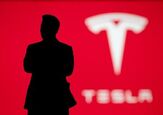
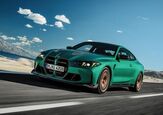

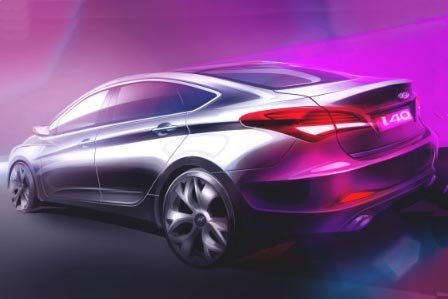
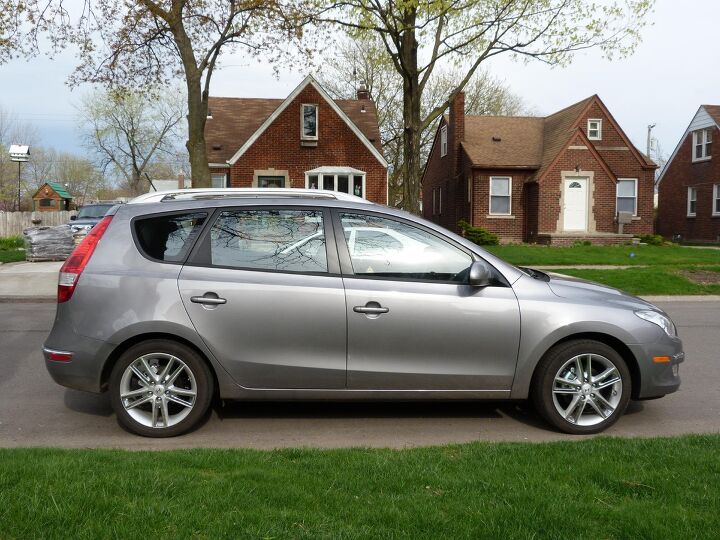
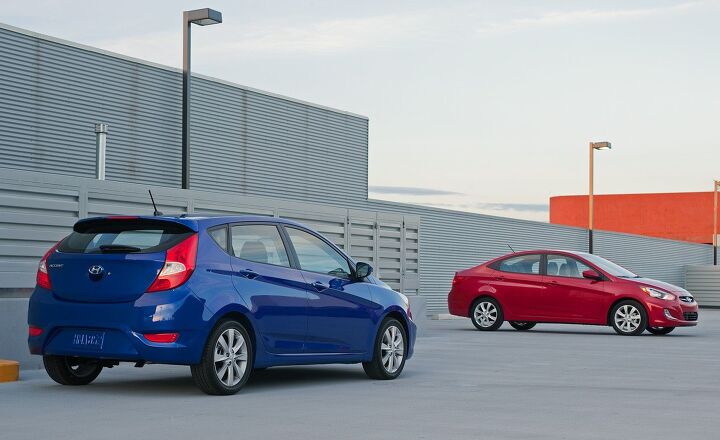
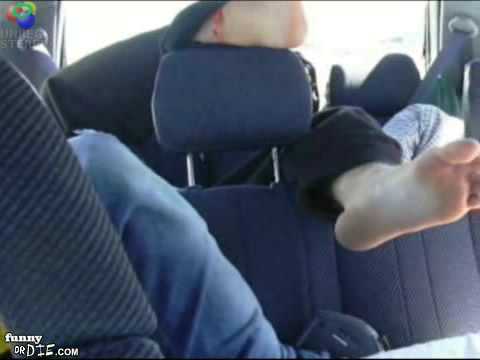
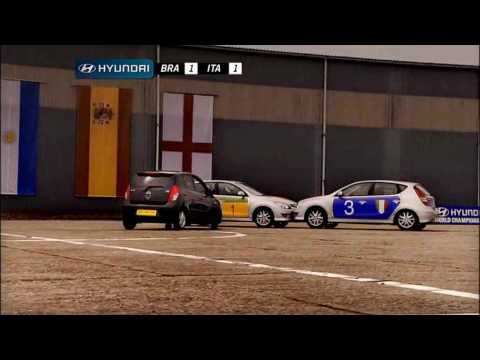
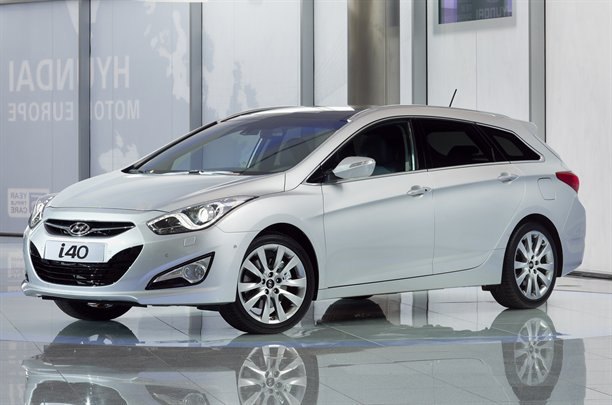

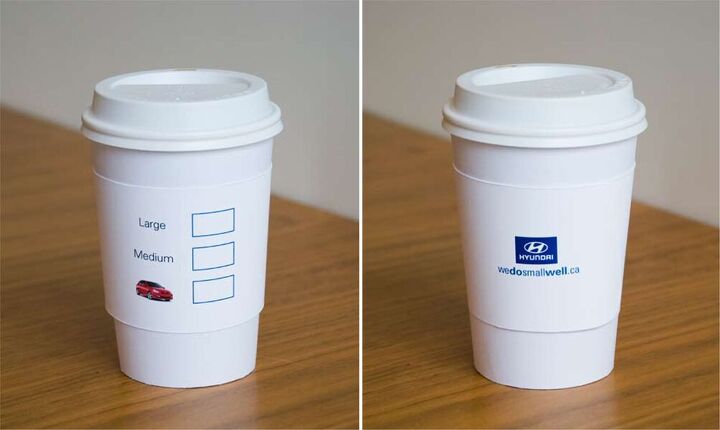
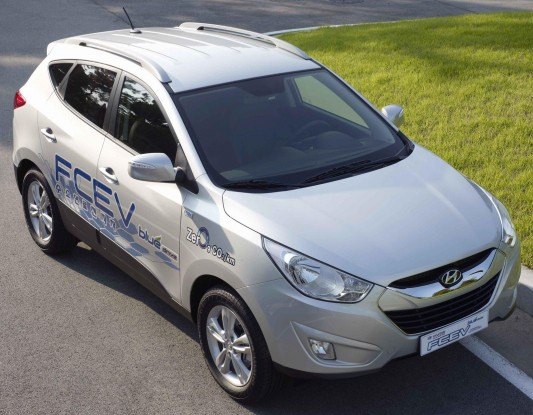
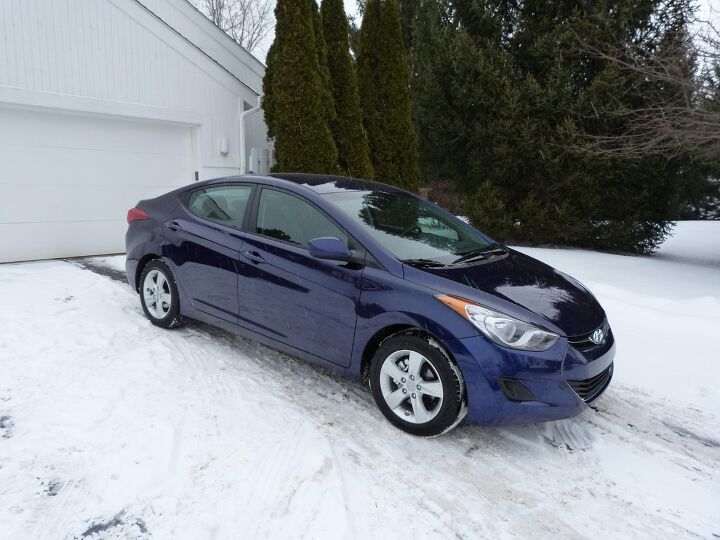

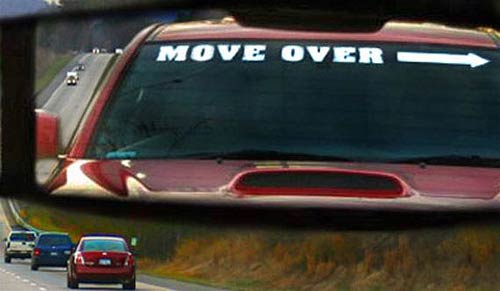
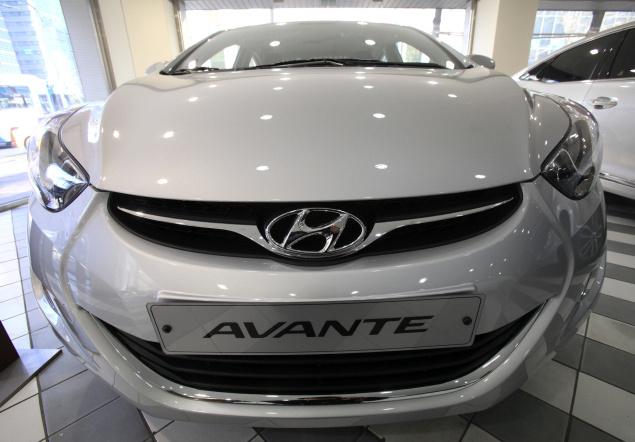
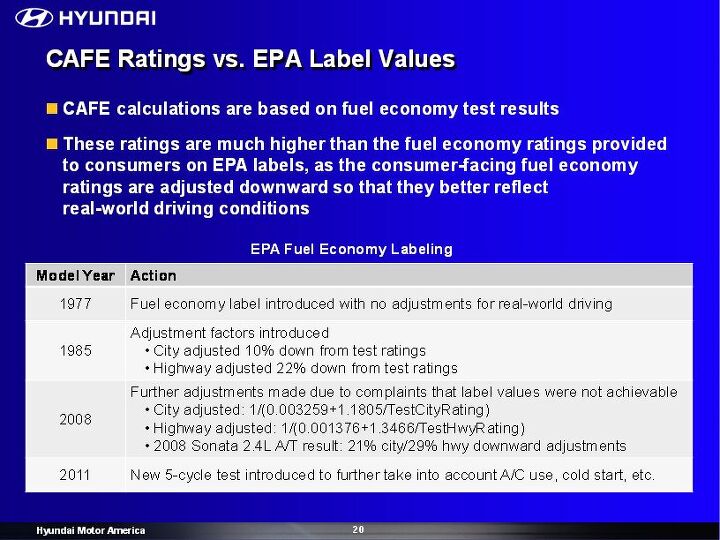
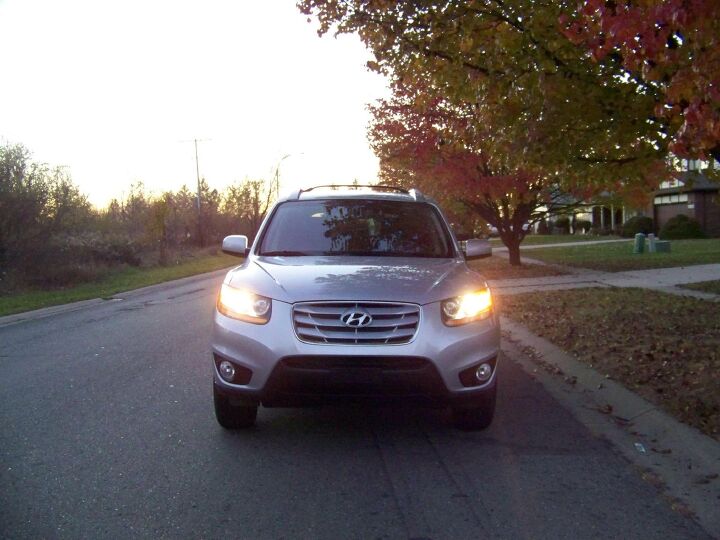
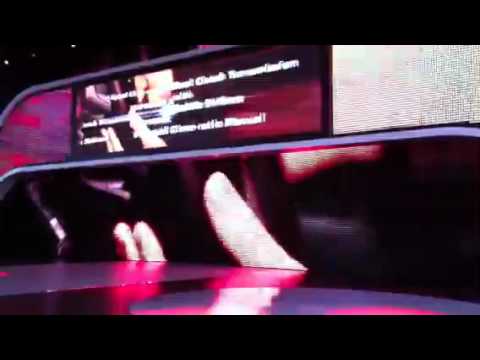
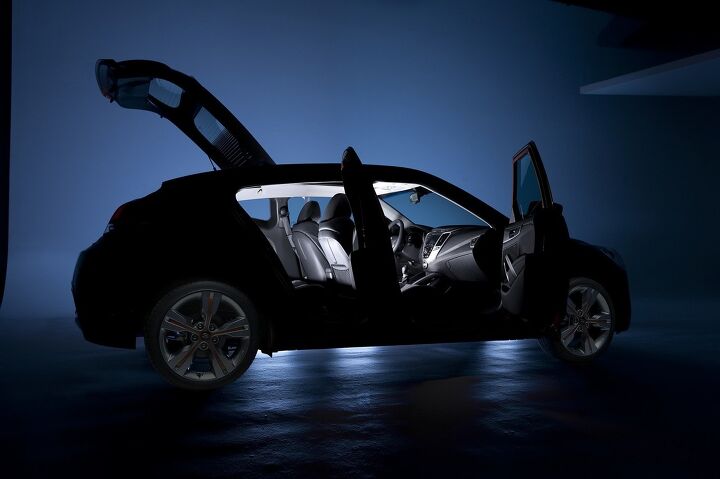

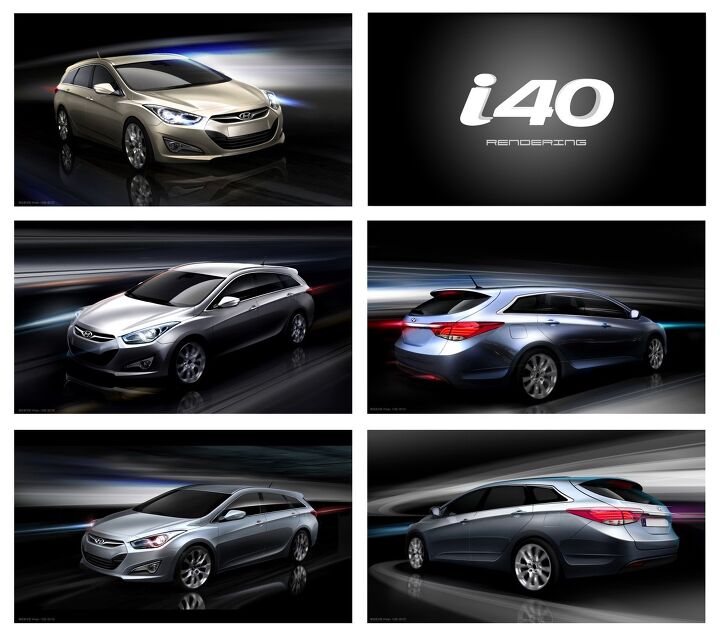

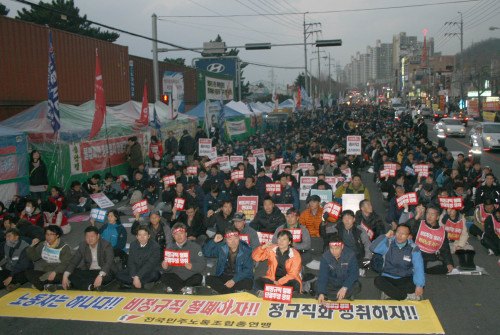
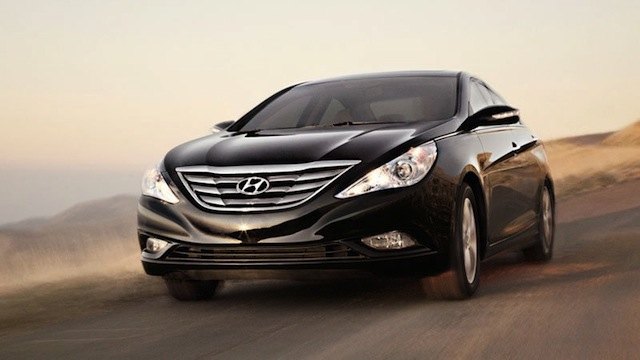

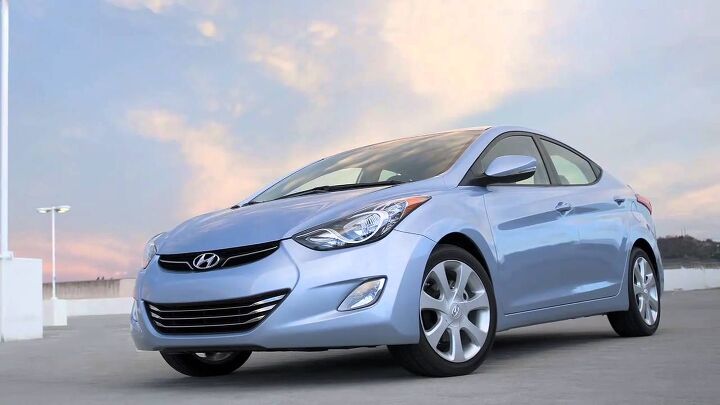
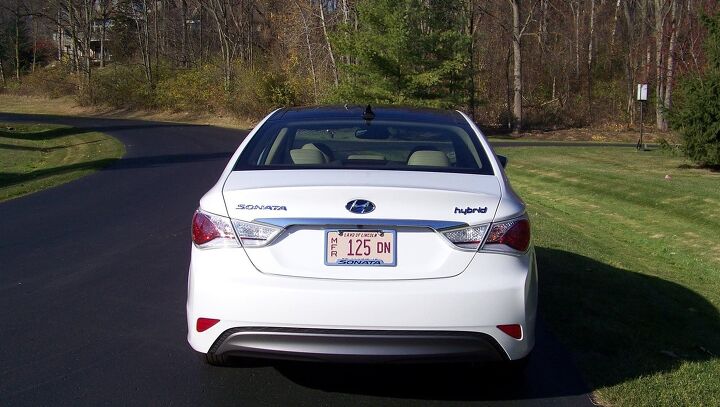
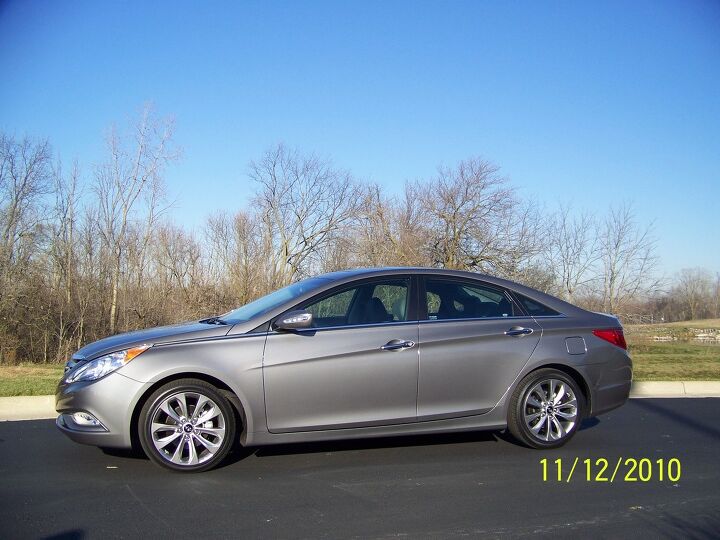
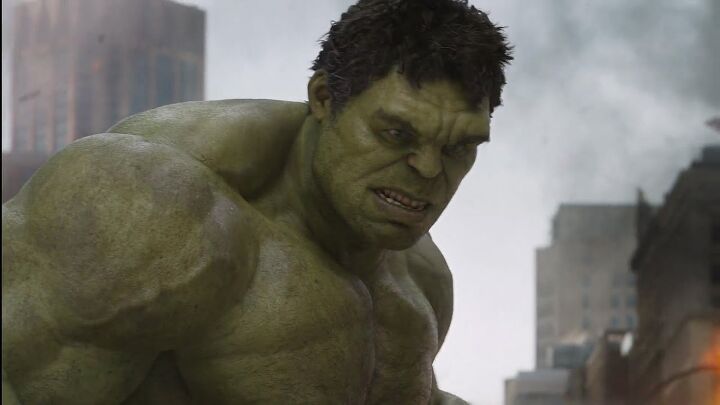
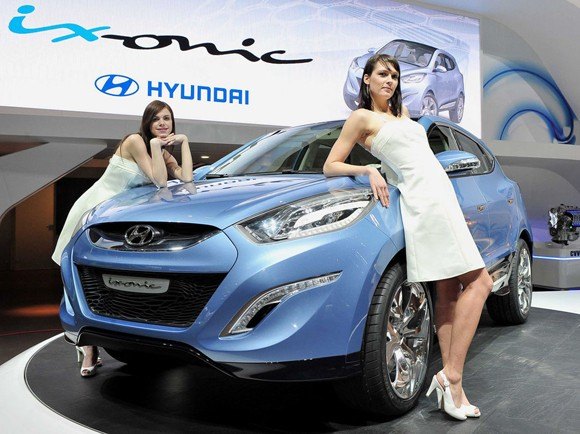
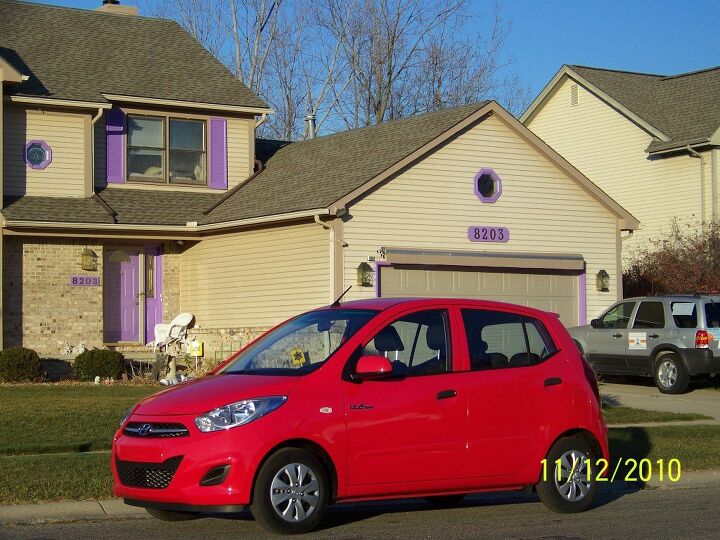
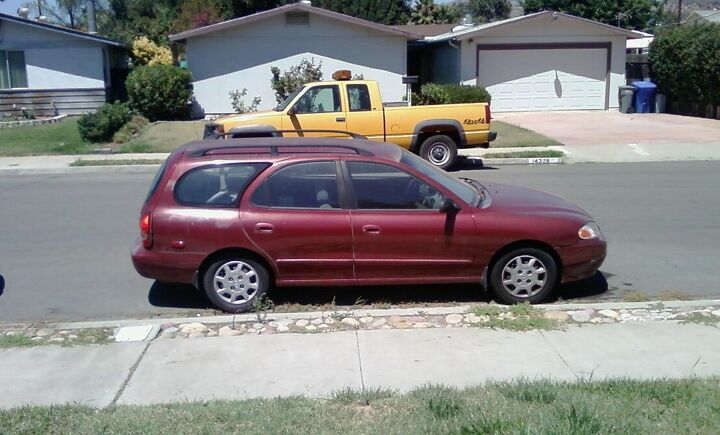
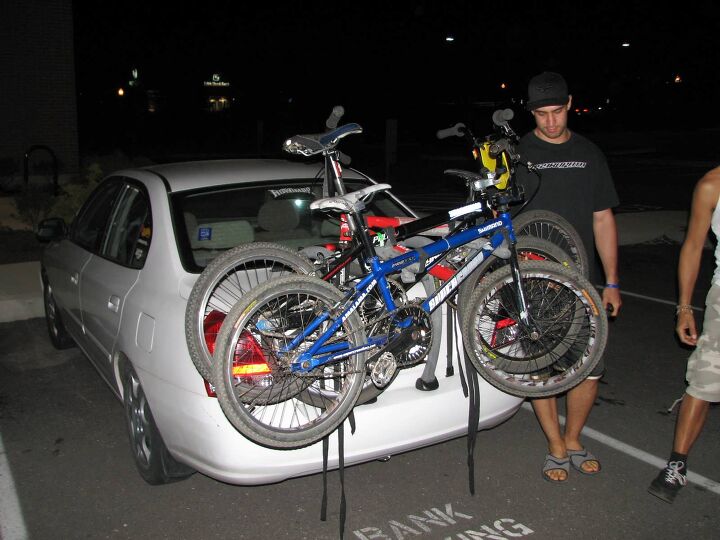
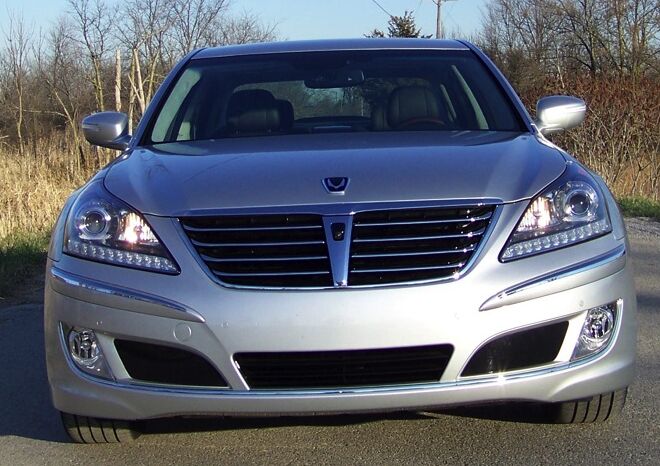

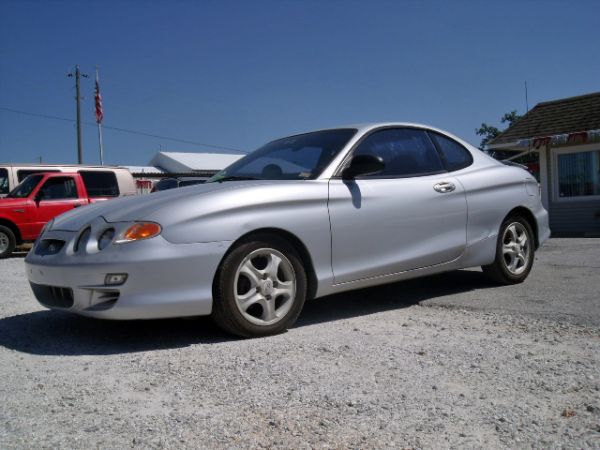


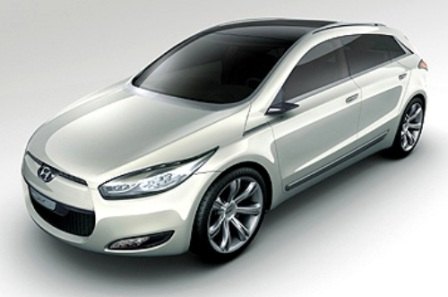
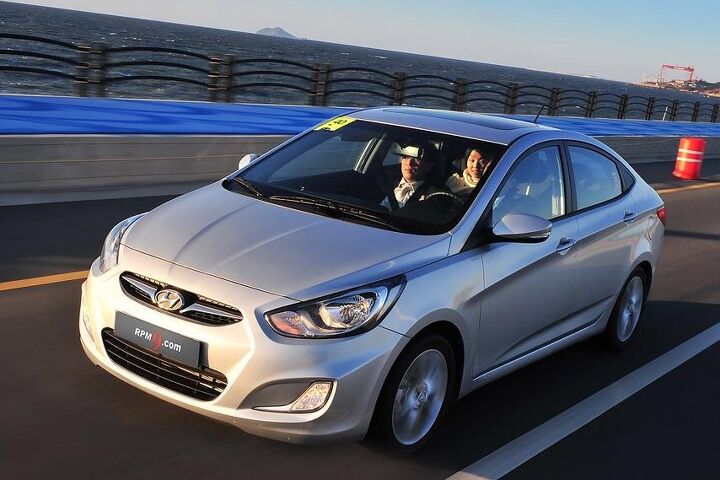
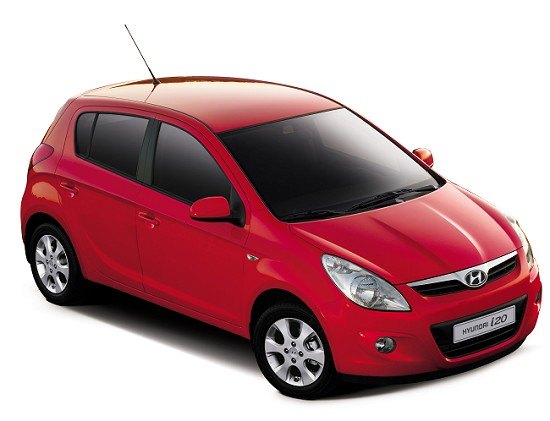
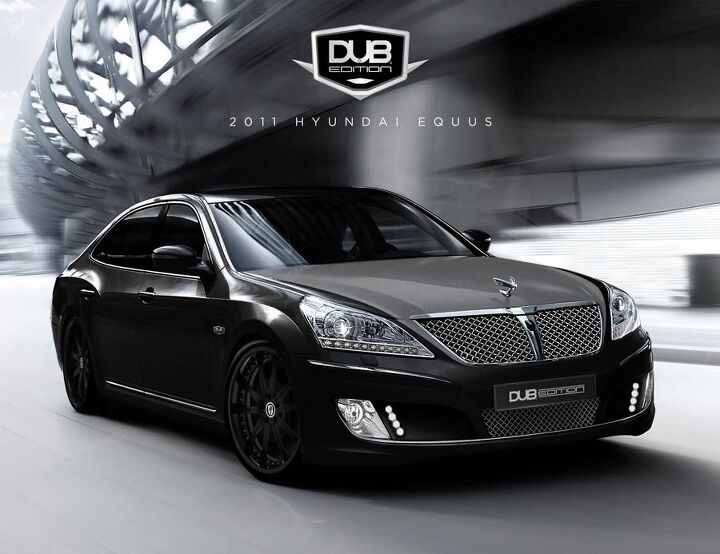
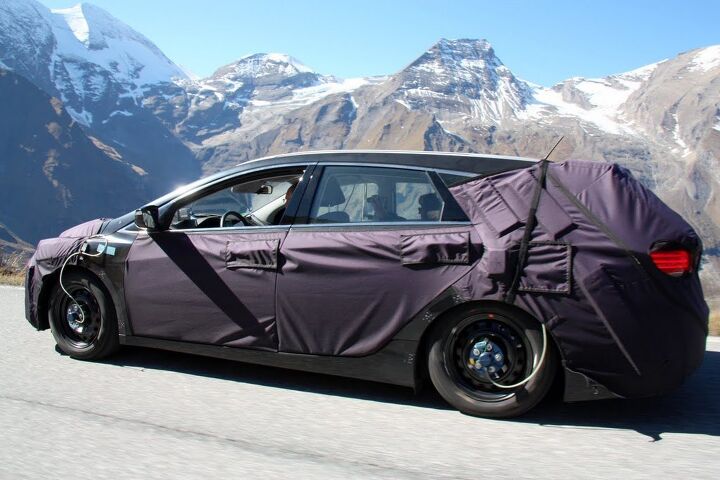

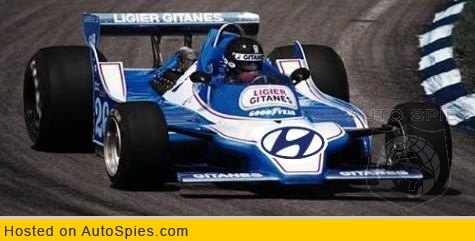
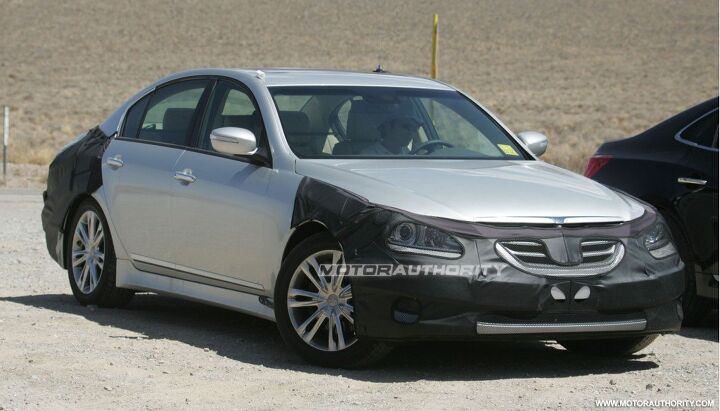
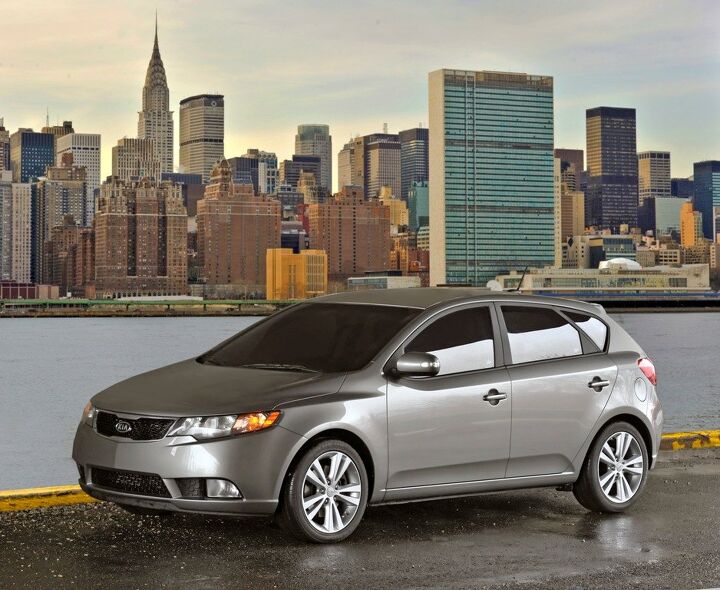
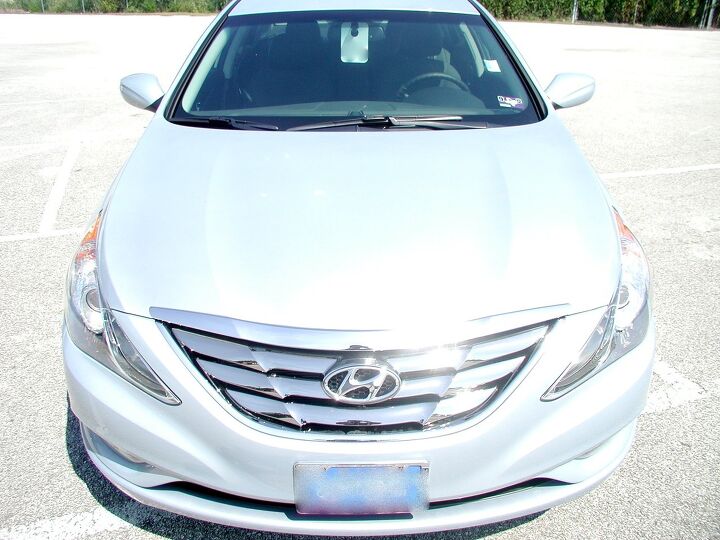
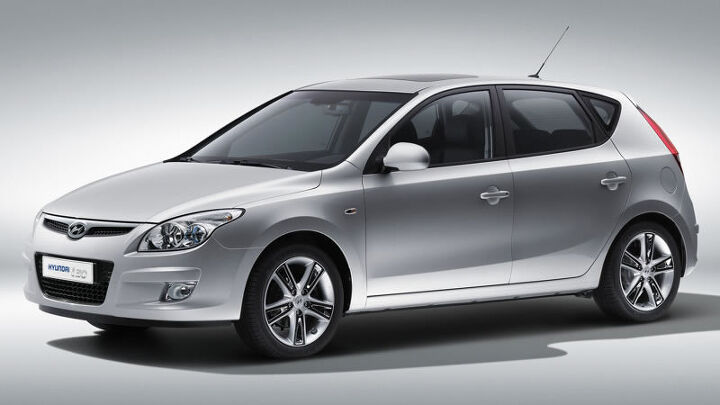
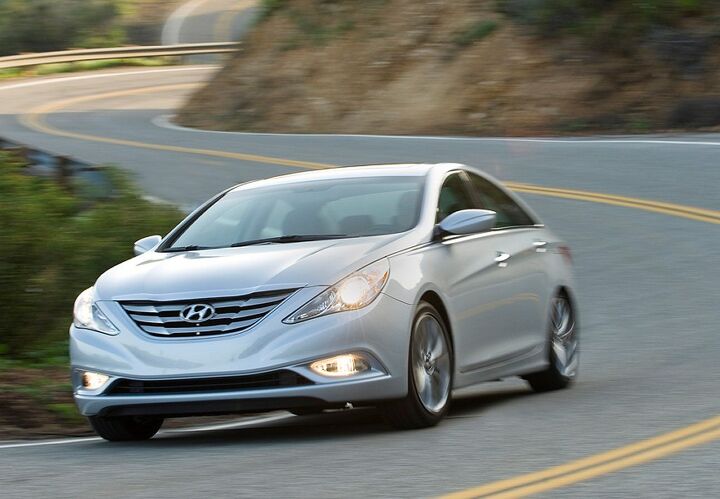
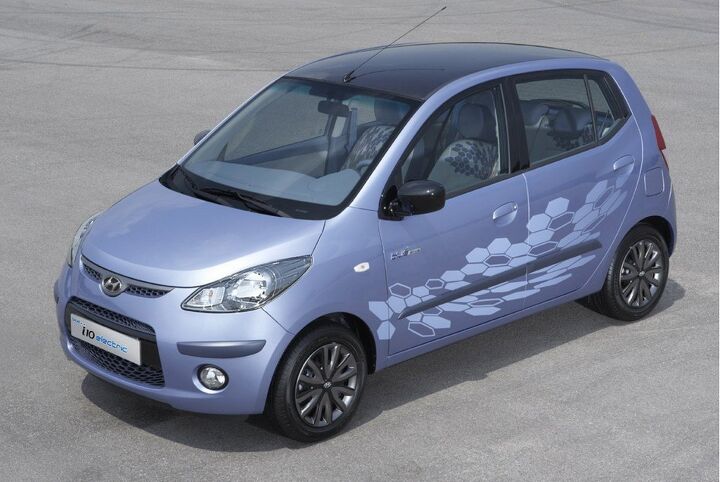
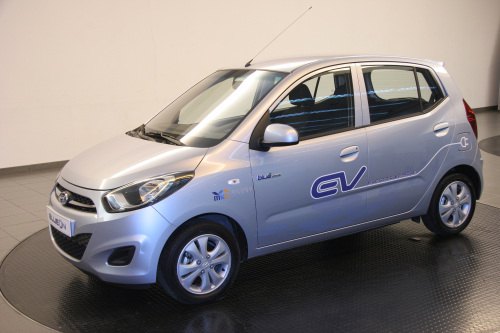
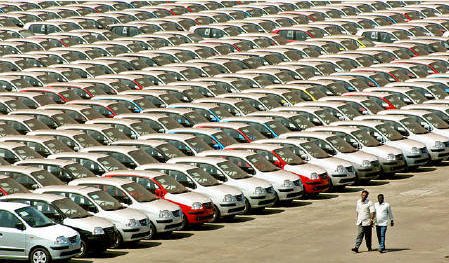

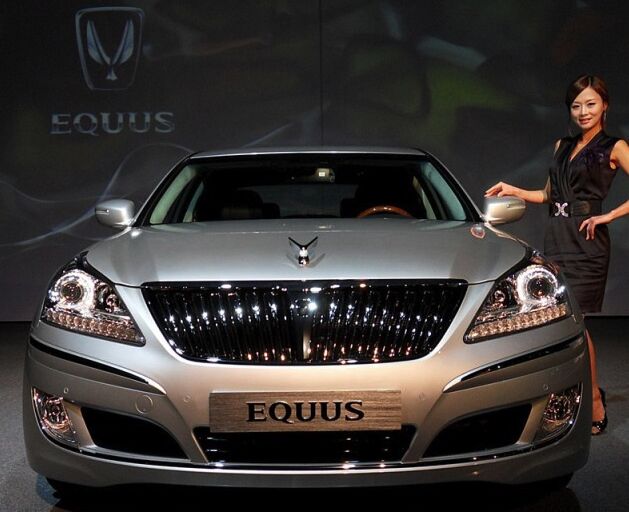
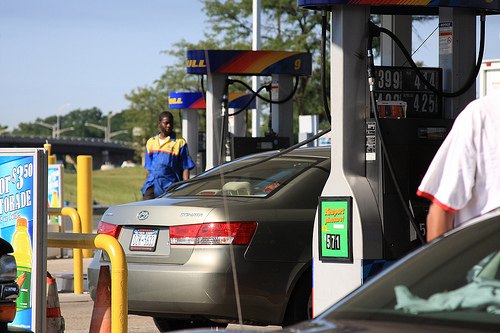
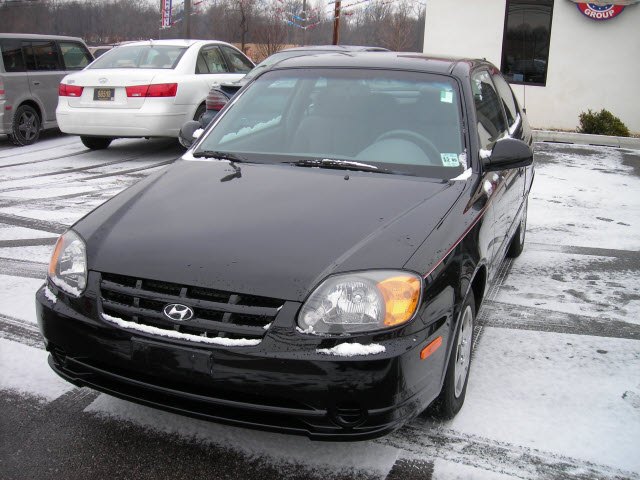












Recent Comments